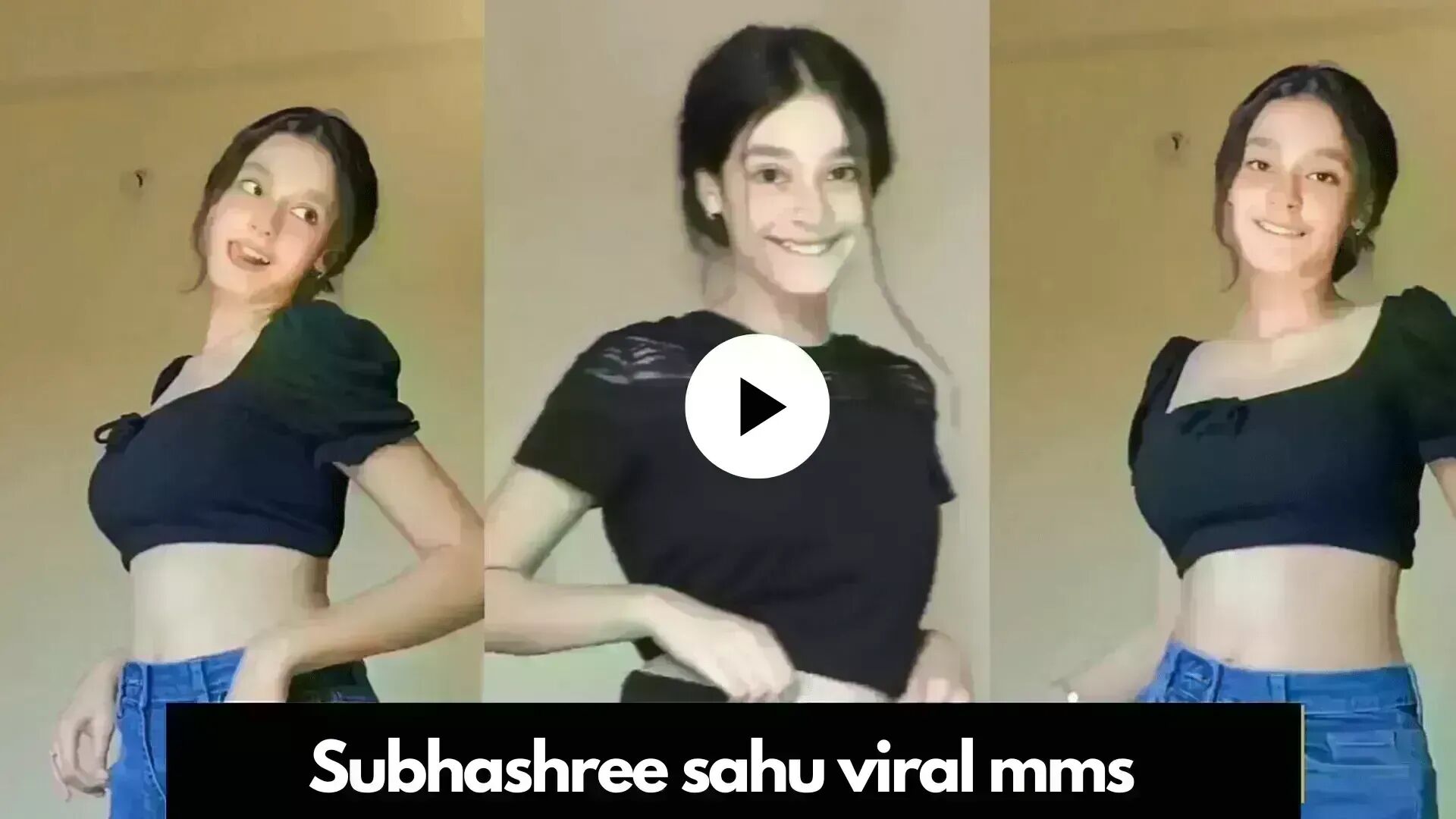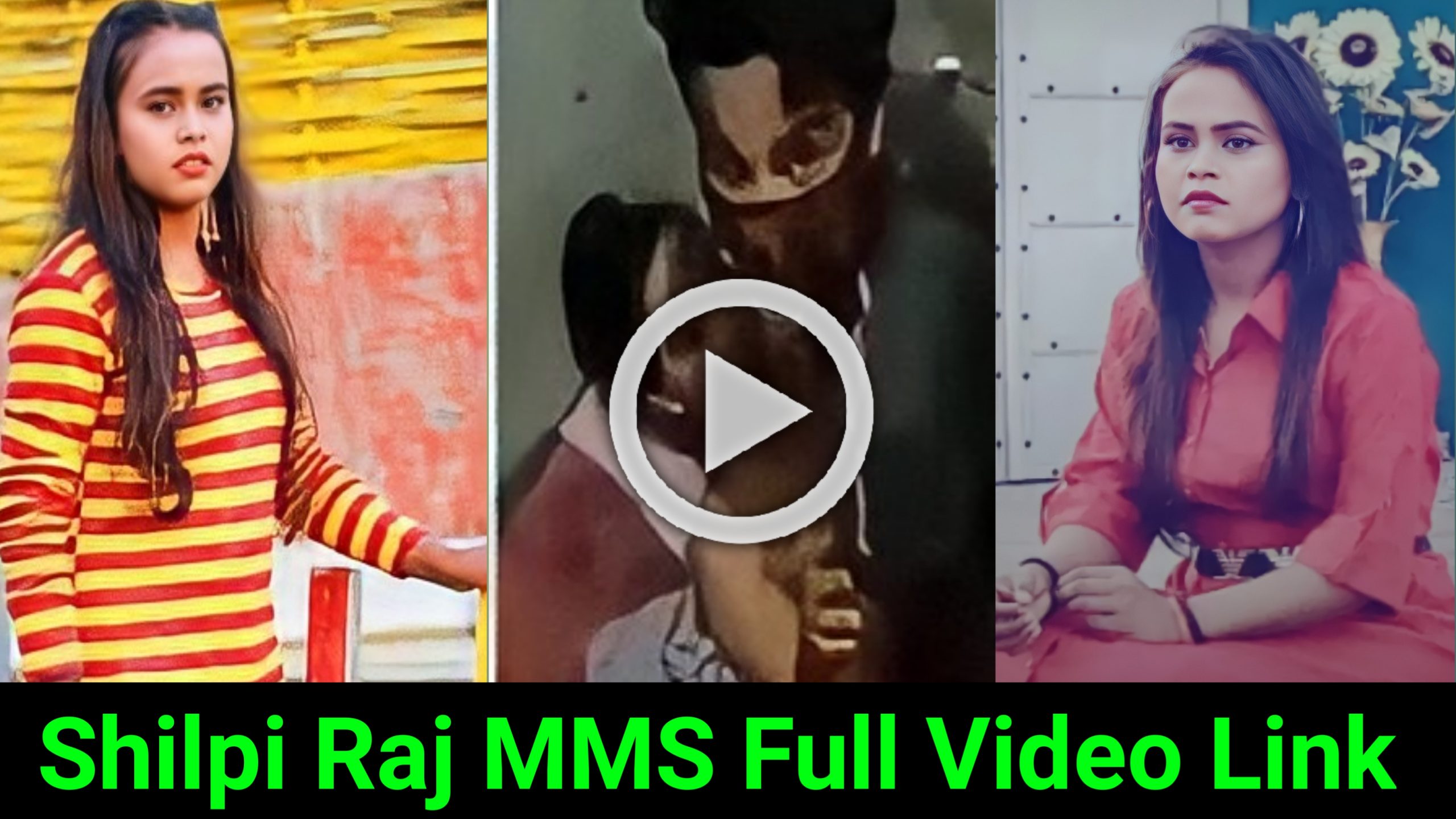Odisha MMS Video: The Untold Story Behind The Viral Sensation
So here's the deal, folks. The Odisha MMS video has been making waves across the internet, sparking curiosity and debates among people worldwide. But what exactly is this viral sensation all about? If you've been wondering about the origins, the controversies, and the implications of this video, you've come to the right place. We’re diving deep into the world of digital media and exploring the impact of viral content on society. This isn’t just another clickbait story; it’s a real issue with real consequences.
Now, let me paint the picture for you. In today’s hyper-connected world, a single video can travel faster than the speed of light, reaching millions of viewers in seconds. And that's exactly what happened with the Odisha MMS video. It became a trending topic almost overnight, but with great virality comes great responsibility—or so they say. Let’s break it down and explore why this video has captured everyone’s attention, and what it means for our digital culture.
Before we dive deeper, let’s get one thing straight: this article isn’t here to judge or spread misinformation. Instead, it aims to provide you with the facts, insights, and context you need to understand the Odisha MMS video phenomenon. So buckle up, because we’re about to take a ride through the wild world of viral content!
- Dubai Porta Potty Images Your Ultimate Guide To Clean And Convenient Facilities
- Layla Jenner The Rising Star In The Spotlight
Understanding the Origins of the Odisha MMS Video
Alright, let’s rewind the clock and figure out where this whole thing started. The Odisha MMS video first surfaced in the early 2000s, long before TikTok and Instagram Reels took over the internet. Back then, sharing videos was a bit more low-key, but that didn’t stop it from spreading like wildfire. The video, believed to have originated in the state of Odisha, quickly gained notoriety for its controversial content.
Here’s the kicker: the video wasn’t just any random clip. It featured a private moment between two individuals, and once it went public, it sparked a massive debate about privacy, consent, and the ethics of sharing personal content online. People were divided—some were outraged, while others were simply curious. But one thing was clear: the Odisha MMS video was here to stay.
Why Did the Video Go Viral?
Let’s talk about the psychology behind why certain content goes viral. In the case of the Odisha MMS video, a mix of factors contributed to its rapid spread. First off, the element of shock value played a huge role. People love sharing things that make them go, “Wait, what?” Combine that with the allure of forbidden content, and you’ve got a recipe for viral success—or disaster, depending on how you look at it.
- Vivi2freaky Nudes The Truth Behind The Headlines
- Who Is Necati Arabaci Unveiling The Man Behind The Name
Plus, let’s not forget the power of social media. Platforms like WhatsApp, Facebook, and YouTube made it easier than ever for people to share videos with their friends and family. Before you knew it, the Odisha MMS video was everywhere, and stopping its spread felt almost impossible.
The Impact on Society
Now, here’s where things get interesting. The Odisha MMS video didn’t just fade into obscurity after its initial hype. Instead, it left a lasting impact on society, sparking conversations about digital ethics and the dangers of sharing personal content online. For many, it served as a wake-up call about the importance of respecting others’ privacy in the digital age.
But the impact wasn’t all negative. Some experts argue that the video also raised awareness about the need for better digital literacy and education. People began to realize that once something is shared online, it’s nearly impossible to take back. This realization led to a push for more responsible internet use and stricter laws to protect individuals’ privacy.
Legal Implications of the Odisha MMS Video
Let’s talk about the legal side of things. When the Odisha MMS video first hit the internet, it raised serious questions about the legality of sharing such content without consent. In India, the law is pretty clear: sharing private content without permission is illegal and can result in serious consequences, including hefty fines and imprisonment.
But here’s the thing: enforcing these laws is easier said than done. With so many people sharing and re-sharing the video, tracking down the original culprits proved to be a massive challenge. This highlighted a major flaw in our legal system: while laws exist to protect individuals, implementing them in the digital age is a whole different ball game.
Odisha MMS Video: A Case Study in Digital Ethics
If you think about it, the Odisha MMS video is the perfect example of how digital technology can both empower and harm individuals. On one hand, it gave people a platform to share their voices and stories. On the other hand, it exposed the darker side of the internet, where personal content can be weaponized against individuals.
So what can we learn from this? First and foremost, we need to rethink how we approach digital content. It’s not just about liking, sharing, or commenting—it’s about understanding the impact of our actions on others. Whether you’re posting a selfie or sharing a video, always ask yourself: is this content respectful and consensual?
How to Stay Safe in the Digital Age
Now, let’s get practical. If you’re worried about your own privacy online, there are steps you can take to protect yourself. Here’s a quick list of tips to help you stay safe:
- Be cautious about what you share online. Think twice before posting anything that could be used against you.
- Use strong passwords and enable two-factor authentication to secure your accounts.
- Regularly review your privacy settings on social media platforms to ensure only trusted individuals can access your content.
- If someone shares your private content without permission, report it immediately to the platform and seek legal advice.
The Role of Social Media Platforms
When it comes to viral content like the Odisha MMS video, social media platforms play a crucial role. These platforms have a responsibility to ensure that their users’ content is safe and secure. But let’s face it: they don’t always get it right. In many cases, viral content spreads so quickly that platforms struggle to keep up.
That said, some platforms are making strides in the right direction. For example, YouTube has implemented stricter policies to remove harmful content, while WhatsApp has introduced limits on message forwarding to curb the spread of misinformation. But there’s still a long way to go before we can truly say that our digital spaces are safe for everyone.
What Platforms Can Do Better
Here’s a list of things social media platforms can do to improve user safety:
- Invest in better AI and human moderation to detect and remove harmful content faster.
- Provide users with more control over their privacy settings and content sharing options.
- Offer educational resources to help users understand the risks of sharing personal content online.
Public Perception and Reactions
Let’s talk about how the public reacted to the Odisha MMS video. Initially, there was a lot of outrage and condemnation. People were quick to call out those responsible for sharing the video and demanded justice for the individuals involved. But as the dust settled, the conversation shifted to broader issues like privacy, consent, and digital ethics.
Interestingly, the video also sparked a debate about the role of the media in sensationalizing such stories. Some argued that the media’s coverage of the incident only fueled the fire, while others believed it was necessary to bring attention to the issue. Regardless of where you stand, it’s clear that the public’s perception of the video evolved over time.
Lessons Learned from the Incident
So what have we learned from the Odisha MMS video saga? For starters, we’ve learned that privacy is a precious commodity in the digital age. We’ve also learned that sharing personal content without consent is not only unethical but also illegal. But perhaps the biggest lesson is that we all have a responsibility to use the internet responsibly and respectfully.
As technology continues to evolve, it’s up to us to ensure that we use it for good. Whether you’re a content creator, a social media user, or just someone who enjoys scrolling through their feed, remember that every action you take online has consequences. So let’s make those consequences positive, shall we?
The Future of Digital Content
Looking ahead, it’s clear that the world of digital content is only going to get more complex. With advancements in AI, augmented reality, and other technologies, the lines between reality and fiction are blurring more than ever. This raises important questions about how we can ensure that content remains ethical, transparent, and respectful.
One possible solution is to focus on education. By teaching people about digital literacy and responsible internet use, we can empower them to make better decisions online. Another solution is to hold tech companies accountable for the content that spreads on their platforms. While these solutions won’t solve all our problems overnight, they’re a step in the right direction.
Where Do We Go From Here?
As we wrap up this discussion, it’s important to reflect on where we stand and where we’re headed. The Odisha MMS video was a wake-up call for many, reminding us of the power—and dangers—of digital content. But it’s not all doom and gloom. With the right mindset and tools, we can create a safer, more responsible digital world.
So what’s next? Well, that’s up to all of us. Whether you’re a policymaker, a tech company, or just a regular internet user, you have a role to play in shaping the future of digital content. Let’s work together to ensure that the internet becomes a place where everyone feels safe, respected, and empowered.
Conclusion
And there you have it, folks. The Odisha MMS video may have started as a viral sensation, but it quickly evolved into a much larger conversation about privacy, consent, and digital ethics. While the incident raised some tough questions, it also provided valuable lessons about the importance of responsible internet use.
So here’s the bottom line: the next time you’re tempted to share something online, take a moment to think about the potential consequences. Is it respectful? Is it consensual? Is it ethical? If the answer is yes, go for it. But if there’s even a shred of doubt, it’s probably best to err on the side of caution.
Finally, we’d love to hear your thoughts on this topic. Did the Odisha MMS video affect you or someone you know? What steps do you take to protect your privacy online? Share your comments below, and don’t forget to check out our other articles for more insights on digital culture and beyond. Stay safe, stay smart, and keep the conversation going!
Table of Contents
- Understanding the Origins of the Odisha MMS Video
- Why Did the Video Go Viral?
- The Impact on Society
- Legal Implications of the Odisha MMS Video
- Odisha MMS Video: A Case Study in Digital Ethics
- How to Stay Safe in the Digital Age
- The Role of Social Media Platforms
- Public Perception and Reactions
- Lessons Learned from the Incident
- The Future of Digital Content
- Stream Or Download The Full Movie Stree 2 On Filmyzilla Ndash Heres What You Need To Know
- All Hd Movie Hub Your Ultimate Destination For Cinematic Bliss

Who is Subhashree Sahu? Insights into Her Viral MMS Video

Odisha Viral MMS Video Shocking Content Exposed And What You Need To Know

बहुत ढूंढने पर भी नहीं मिल रहा है Shilpi Raj Viral MMS Video तो देखे यहाँ